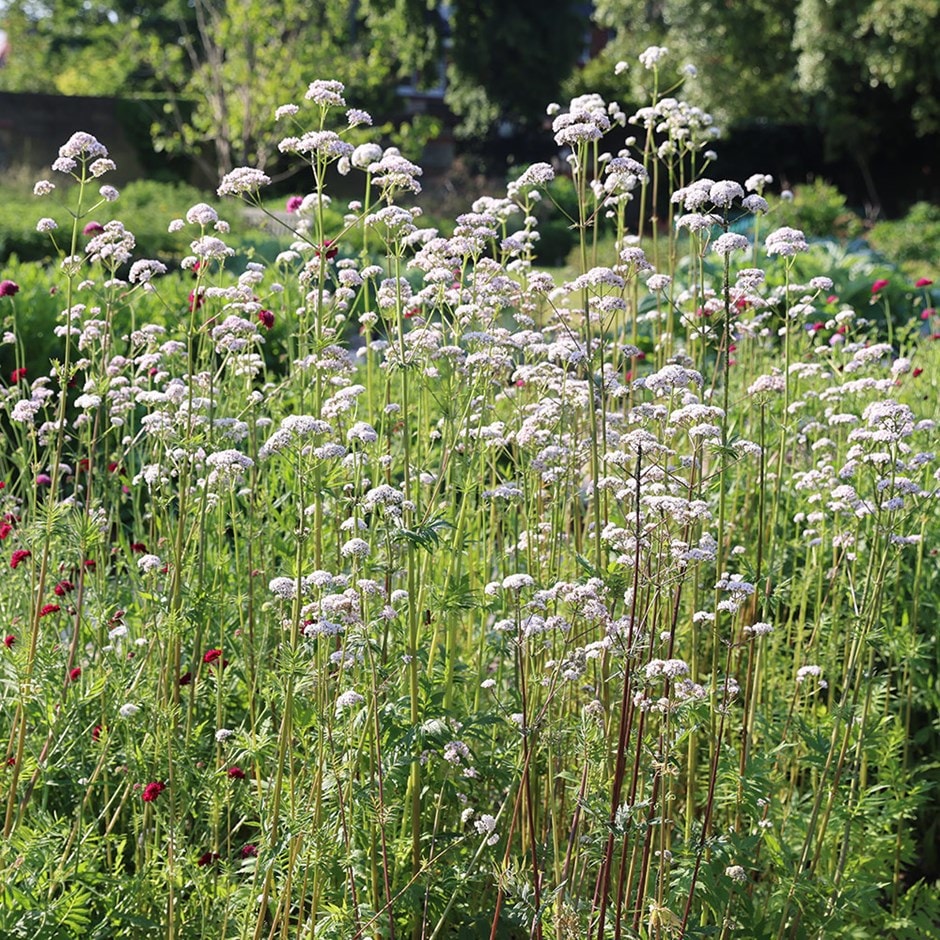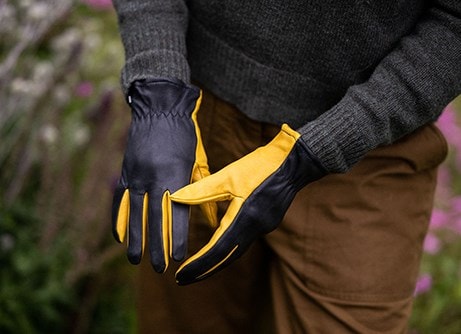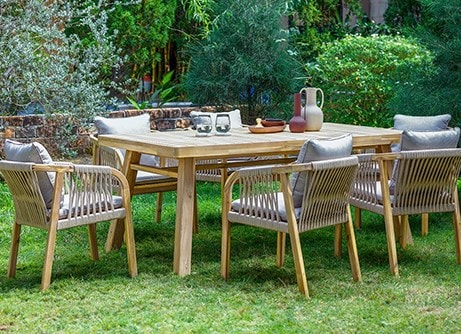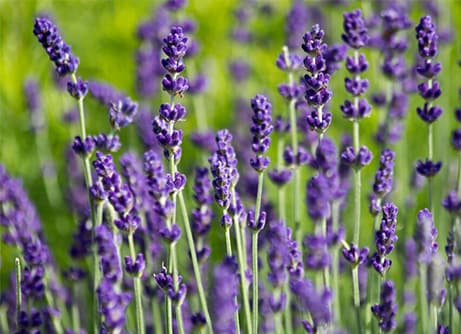
Tall branching stems, produce rounded or dome-shaped clusters of white to blush pink flowers from early summer above the mounds of aromatic, finely divided foliage.
The flowers of Valeriana officinalis are very rich in nectar, and the leaves can be used in a number of herbal remedies. Its natural, billowing habit makes it ideally suited to wilder planting schemes.
The flowers of Valeriana officinalis are very rich in nectar, and the leaves can be used in a number of herbal remedies. Its natural, billowing habit makes it ideally suited to wilder planting schemes.
How to care for Valeriana officinalis:
Valerian thrives in full sun and prefers moist, well-drained soil enriched with organic matter.
Space plants about 30–45cm (12-18in) apart to allow for their spreading habit. Water regularly during dry spells, but avoid overwatering to prevent root rot.
In early spring, apply a light feed to boost growth and flower production. As the season progresses, deadhead spent blooms to encourage further flowering and maintain a tidy appearance.
From mid to late summer, gather the flower-heads for dried arrangements before the seedheads begin to ripen, capturing their delicate form at its best.
Finally, add a layer of mulch around the base to retain moisture and suppress weeds.
Space plants about 30–45cm (12-18in) apart to allow for their spreading habit. Water regularly during dry spells, but avoid overwatering to prevent root rot.
In early spring, apply a light feed to boost growth and flower production. As the season progresses, deadhead spent blooms to encourage further flowering and maintain a tidy appearance.
From mid to late summer, gather the flower-heads for dried arrangements before the seedheads begin to ripen, capturing their delicate form at its best.
Finally, add a layer of mulch around the base to retain moisture and suppress weeds.
Flowering period:
- Jan
- Feb
- Mar
- Apr
- May
- Jun
- Jul
- Aug
- Sep
- Oct
- Nov
- Dec
Eventual height:
1.45m
Eventual spread:
0.45m
Position:
Full sun
Rate of growth:
Fast-growing
Soil:
Moderately fertile, moist, well-drained soil
Hardiness:
Fully hardy
-
This perennial dies back to below ground level each year in autumn, then fresh new growth appears again in spring.
Product options
Add to basket
Delivery options (pick your preferred option at checkout)
Goes well with
Echinacea purpurea
coneflower
From £9.99
View options
| 2 litre pot | £17.99 |
|
| 9cm pot | £9.99 |
|
| 3 × 9cm pots | £23.99 |
|
| 6 × 9cm pots | £42.99 |
|
| 3 × 2 litre pots | £42.99 |
|
View details









